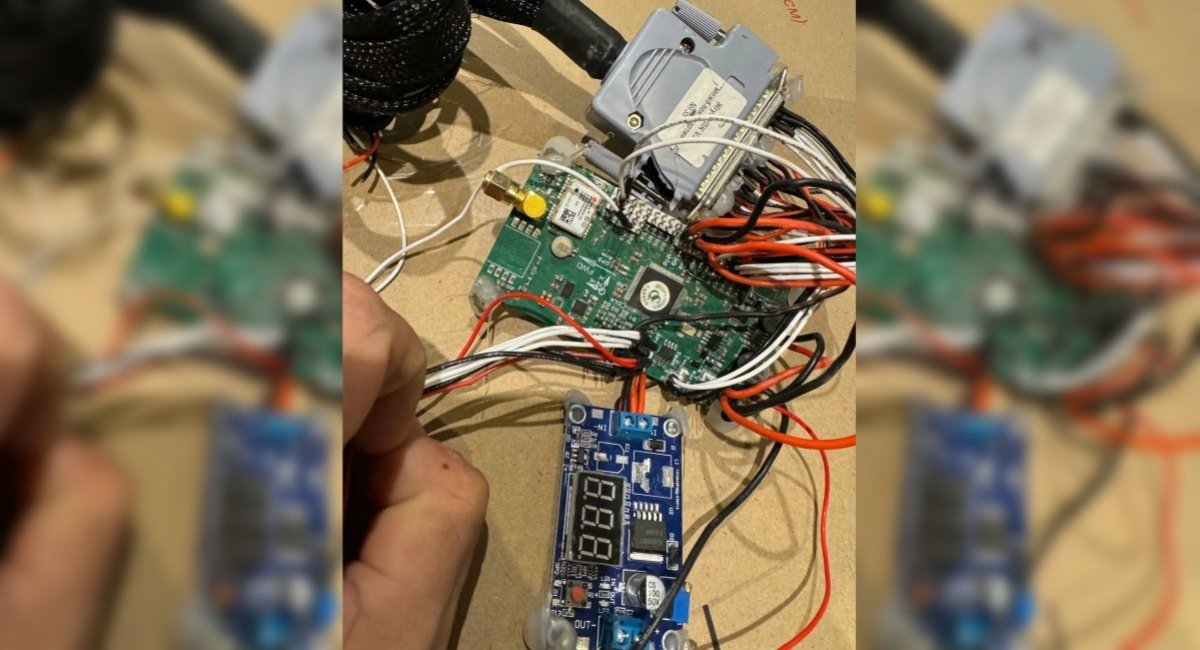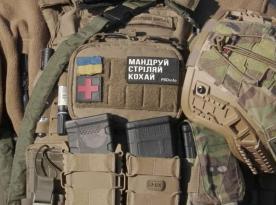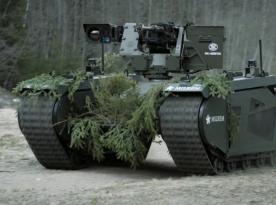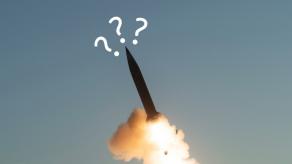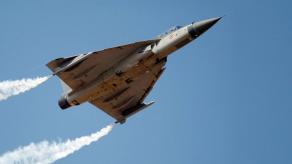Starting summer 2024, the russian invasion forces in Ukraine began to actively use the Gerbera UAV, which is made with minimal expenditure of resources, in the role of air defense decoys. As evidenced by previous findings, the drone's fuselage is made of foam plastic and plywood, assembled with self-tapping screws and thermal glue.
Now, there are also photos with almost all the electronic insides of this drone. The image was posted by EW and military communication expert Serhii "Flash" Beskrestnov. And it really took only one shot to capture them all in the frame.
Read more: Gerbera, the New russian Foam Plastic Killer Drone, Showcased in Detail (Video)
The entire innards of Gerbera consist of two circuit boards. The first one is responsible for the drone's guidance, it houses the NEO-M8N-0 navigation module from Swiss Ublox. On the manufacturer's website, it costs $31.5 apiece, but in China, where this chip is actually manufactured, a marketplace offers it several times cheaper. It also seems to have a simple gyroscope/accelerometer device.
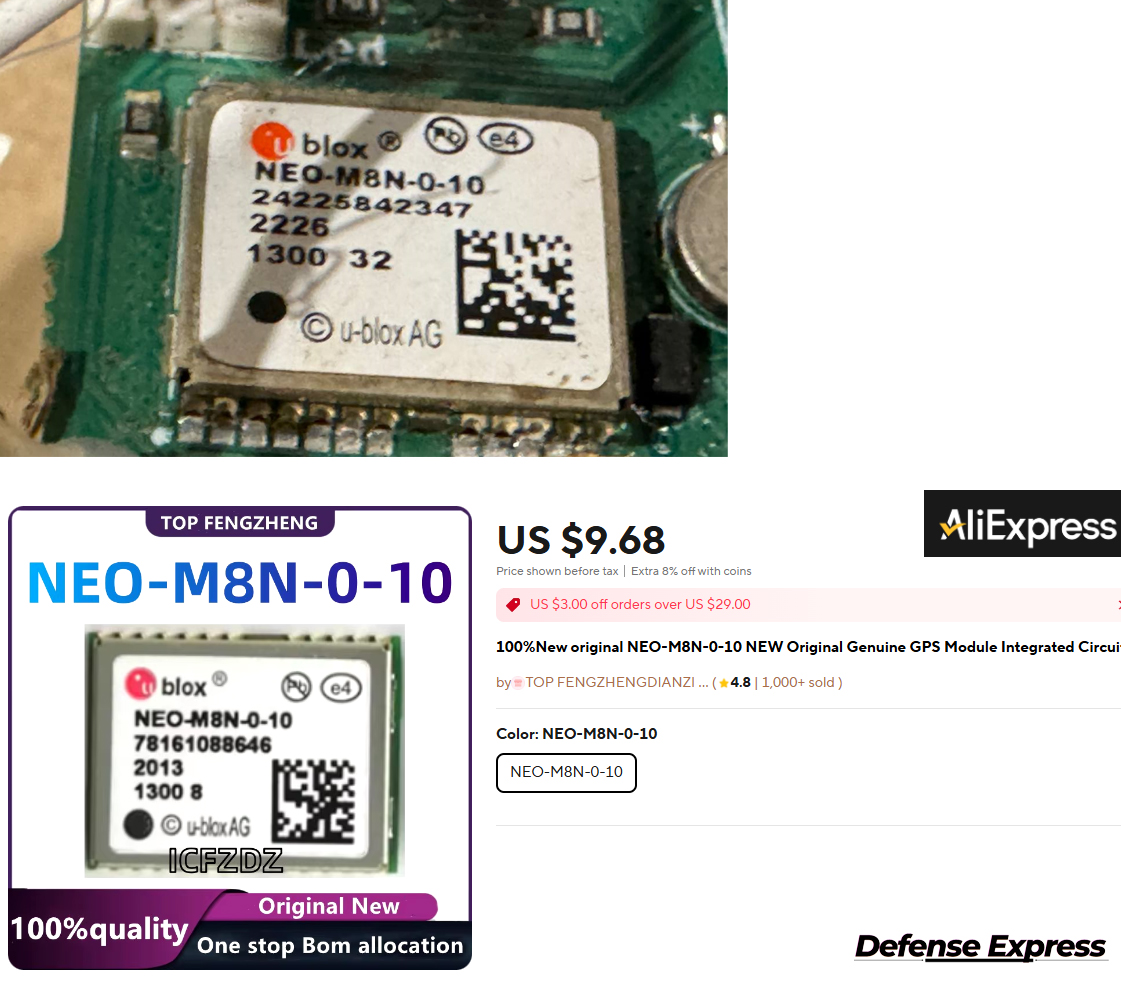
The second board, judging by the labeling of its elements, has the function of a voltage step-up converter, at least. That is suggested by the set of elements with the XL6009E1 module as its centerpiece. The total price of this voltage solution in the assembly starts with one dollar.
As we can see in the Gerbera photos published before, these two circuit boards are placed in a plastic box, which is in turn attached to the walls of the hardware compartment made of plywood. The photo below shows a more complex layout with the addition of a 4G modem equipped with a SIM-card of a Ukrainian mobile network operator.
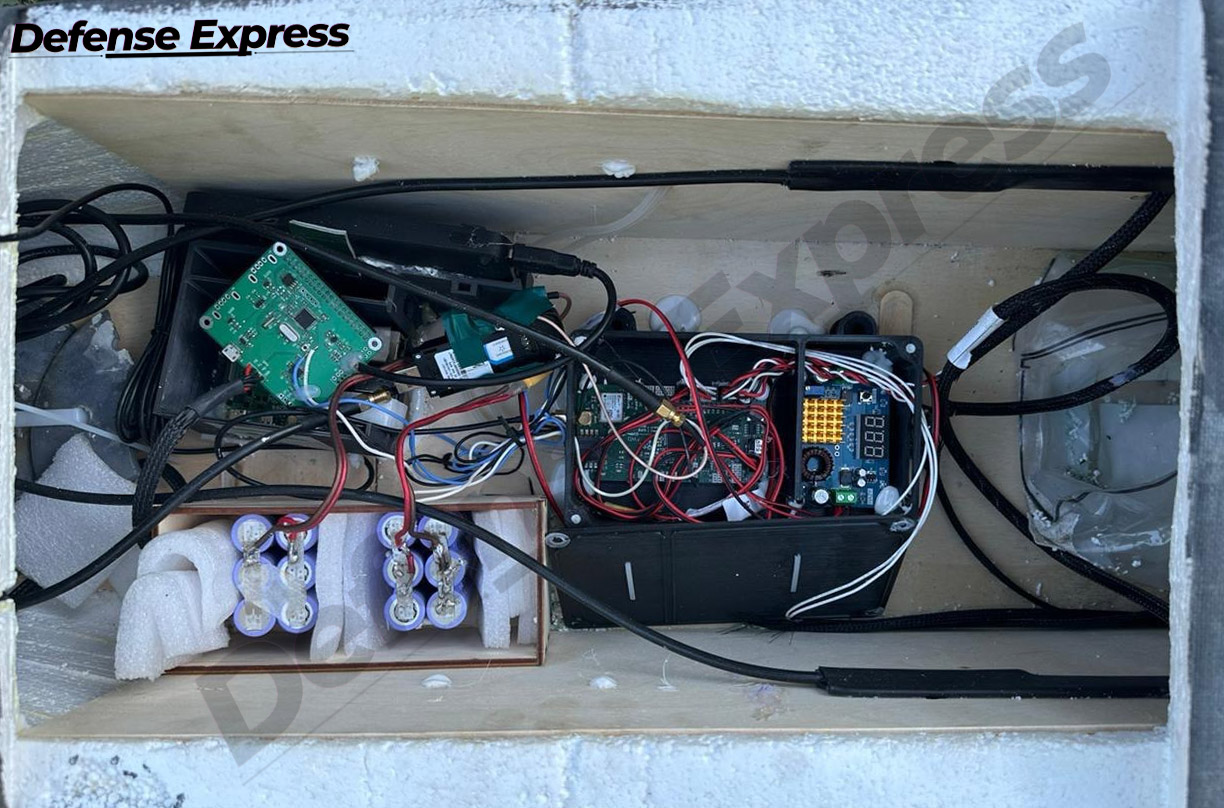
All in all, Gerbera's electronic components are all selected for cost efficiency, like the rest of materials needed for its manufacture. The level of assembly itself also does not require high qualifications or skill. That is why the most expensive part of this drone is probably the engine. However, the price for such components are subject to bargain, with discounts up to several tens of dollars when bought in bulk orders.
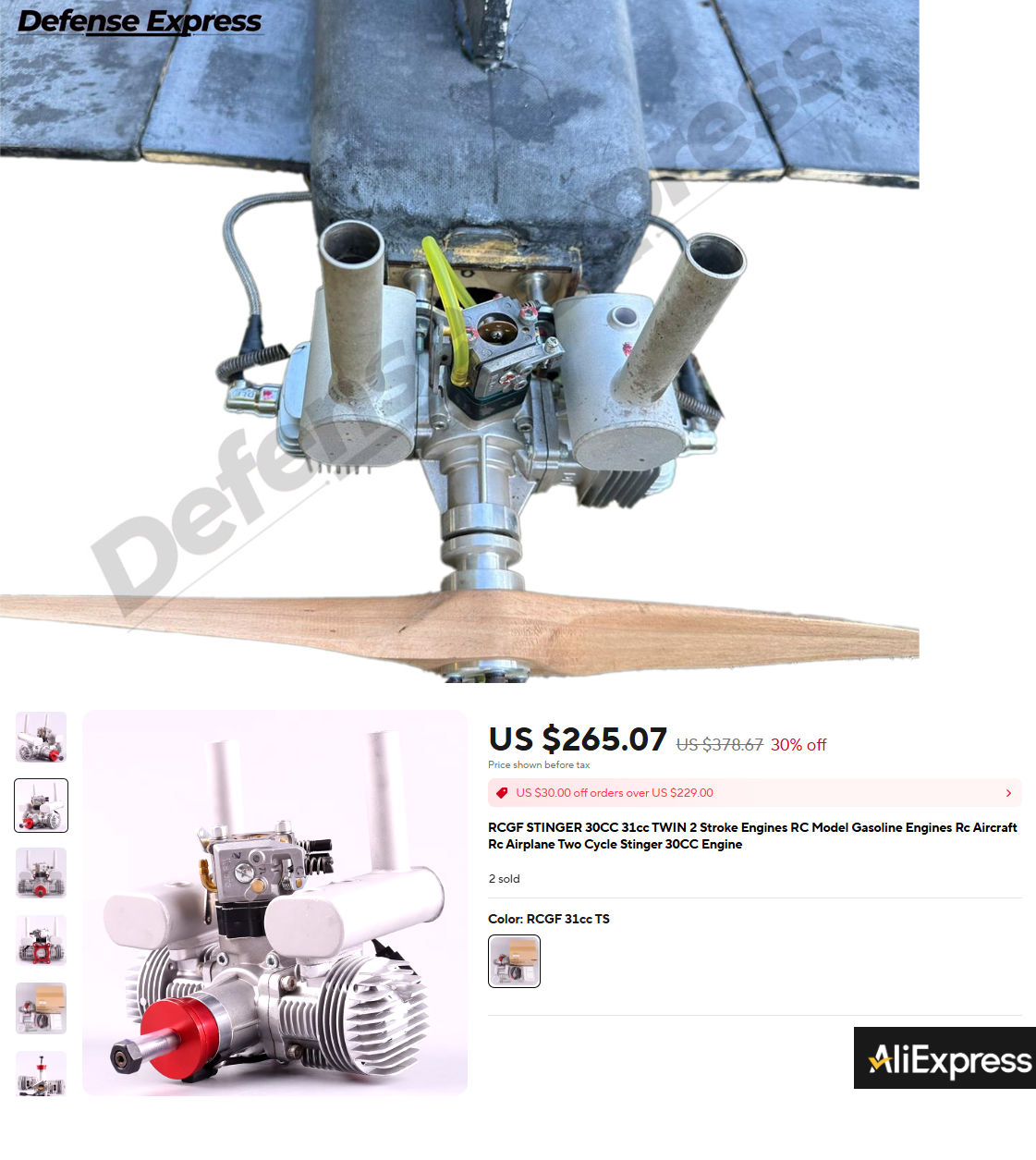
Earlier, Defense Express reported that russia is changing its tactics of using Shahed-136 loitering munitions, precisely by launching a large number of decoy alongside the real threats. Due to the simplicity of its components, Gerberas take on this role at the minimum expenses possible, and thanks to the Luneburg lenses, they look much larger than they really are on the displays of Ukrainian radars.
Read more: How and Why russia Uses Luneburg Lenses in Drones and Whether the Armed Forces of Ukraine Have Them



